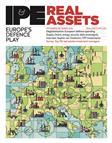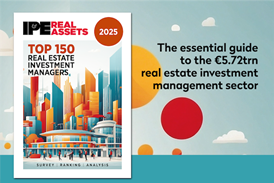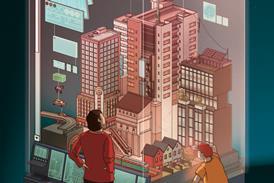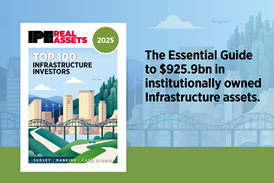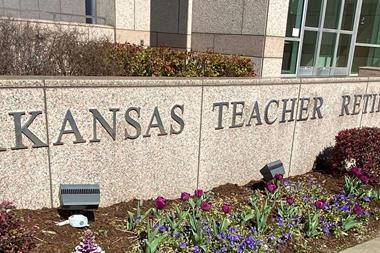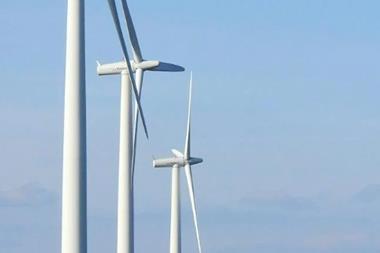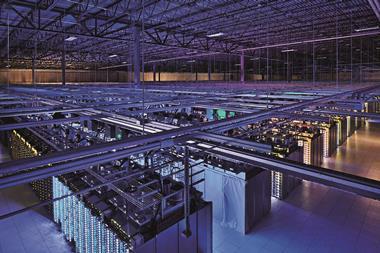Oji Holdings has been making paper products since the 1870s. It was launched by 19th century industrialist Shibusawa Eiichi, now regarded as the father of Japanese capitalism, who saw in the business of paper and printing the “source of civilisation”.
Today, more than 150 years later, the Japanese company has another vision – to be net-zero carbon by 2050. But before then it has a more pressing target; by 2030, it is aiming for a reduction in carbon emissions of at least 70% relative to 2018 levels. Crucially, the means to reach this interim 2030 target can include “CO2 absorption and fixation by forests”.
This week, natural capital fund manager New Forests announced that, together with Oji, it had launched the Future Forest Innovations Fund, which will invest in productive plantation forestry assets in Southeast Asia, North America, Latin America and Africa. Through the fund, Oji is targeting an additional 1.5m tCO2e per annum of net sequestration by 2030 by acquiring a further 70,000 hectares of plantation forests – to add to the 635,000 hectares it already owns globally.
It is the latest example of a corporate investing in forestry carbon sequestration as a way of managing their net-zero objectives. Last year, US tech giants Meta and Microsoft signed contracts with BTG Pactual Timberland Investment Group to provide more than 10m tonnes of nature-based carbon-removal credits from its forests.
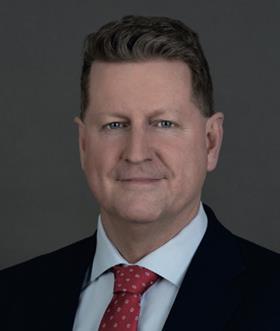
Mark Rogers, CEO of New Forests, says “there is significant corporate money circling” the carbon-offsetting opportunity from forestry. “There’s a lot of interesting conversations going on in corporate boardrooms at the moment.”
However, the moves come at a time where there is a growing backlash against the green agenda, particularly from the political right in the US, while carbon offsetting as a concept has attracted criticisms – not least from the political left – and claims of greenwashing where companies are effectively paying to continue to emit carbon.
Rogers is keen to emphasise that carbon offsetting is a “decarbonisation accelerant” rather than a solution on its own. “There’s no sense in not wanting offsetting,” he says. “It will speed up the decarbonisation. Whilst we’re working towards the economic solutions to decarbonisation supply chains and production systems, why not offset and stop that carbon getting into the atmosphere?”
Companies that buy carbon credits from New Forests need to show they also have plans in place to decarbonise. “We won’t sell someone an offset if that’s the only way they’re decarbonising,” says Rogers. “They have to be decarbonising. They need a decarbonisation pathway that’s multifaceted – it’s in production systems, it’s in transport systems, it’s in energy systems. All of those things need to be heading towards decarbonisation.”
From corporate demand to growing investor allocations
Forestry investment managers like New Forests find themselves today at an interesting nexus where these corporate net-zero objectives converge with growing interest from institutional investors for exposure to the evolving area of natural capital. A growing number of pension funds and institutional investors are looking at the space as part of their efforts to diversify their alternatives or to make a positive impact on the climate crisis. New Forests says it has seen a significant uptick in requests for proposals at the start of this year compared to previous years.
The growth is coming from both investors that have been active in forestry in the past and those coming to the asset class for the first time. The latter are broadening their approach from traditional timberland investments to strategies that include sustainable forestry and a wider range of land investments that fall under the term natural capital.
For example, APG, which manages the investment of Dutch pension fund ABP, has recently reorganised internally so that it now has 15 professionals overseeing its investments in “private natural capital”. Its forestry investments fall under the term “climate action”.
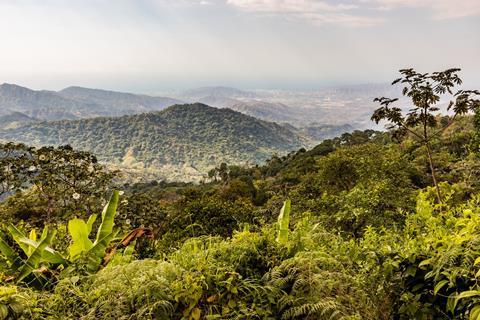
Rogers cites a Nordic investor with a history of investing in farmland and timberland which has now created a new allocation to “climate assets”, which can include sustainable forestry alongside other things like renewables.
Meanwhile, new entrants – investors with no legacy exposure – are “leapfrogging” the process and approaching forestry as part of a more holistic natural capital allocation. “It’s a more sophisticated view of the asset class,” Rogers says.
Rogers’ background is in infrastructure and he makes parallels between natural capital today and the infrastructure asset class in Australia at the turn of the century. Institutional investors had practically “zero allocation to private infrastructure”, with most infrastructure assets were state owned. As the Australian government embarked on a round of privatisation of infrastructure, an asset class was eventually born. “You fast forward two decades and pretty much every major institutional investor has a 10-20% exposure to private infrastructure.”
The question is whether something similar can happen in forestry. The situation is different and will not involve large privatisation of land, while the existing stock of forestry is not large enough to immediately absorb a large volume of institutional capital. “If we saw a flood of money right now into the existing forestry space, it would be very difficult to place, because the total investment universe in forestry around the world is only $300-400bn (€278-€370.5bn) – so less than half $1trn,” he says. “Four or five fairly large European pension funds can scoop that up in one breath.”
The way to build scale comparable with the infrastructure market is to look at land more broadly, and to consider at the spectrum of potential land uses – from agriculture, timber production and carbon sequestration to renewable energy and biodiversity – which effectively summarises the concept behind natural capital.
“The investable universe has been there forever – which is the land. There are trillions and trillions of dollars of land”
Mark Rogers
Rogers says: “How do we create an investable universe? In infrastructure that was through government privatisations. It’s happened a bit in the natural capital space, but actually the investable universe has been there forever – which is the land. There are trillions and trillions of dollars of land. And that’s kind of what we’re talking about with natural capital. What do you do when you get hold of land as an investment?”
In the past traditional forestry and farming provided revenue streams on top of the capital appreciation of the land itself. “What natural capital has done is effectively taken that to the next level,” Rogers says, introducing income streams from carbon sequestration and renewable energy – and potentially in the near future from efforts to improve biodiversity.
“The forestry universe is not a huge space that’s going to absorb an enormous amount of capital,” says Rogers. “What will do that is land – natural capital… part of it will be forestry, part of it will be conservation, part of it will be carbon, part of it will be agriculture. And it’s blending that landscape and that return profile that will be attractive to investors and start that trickle of capital.”
To read the latest IPE Real Assets magazine click here.


